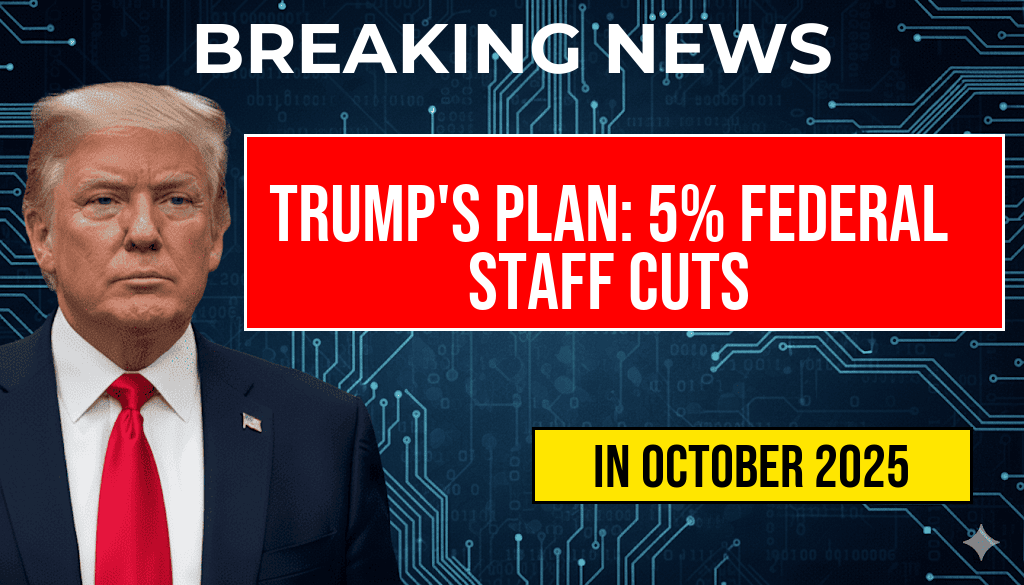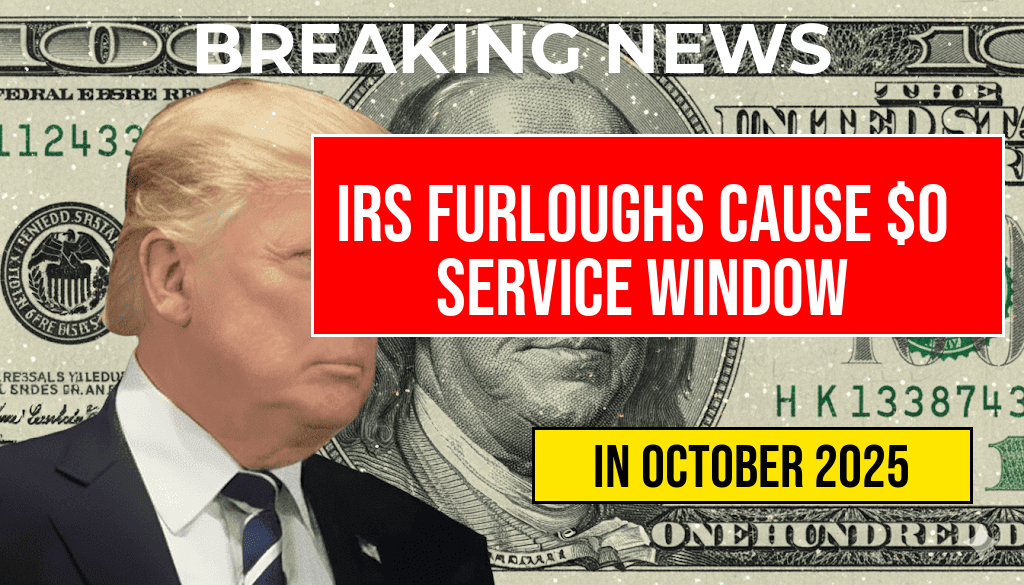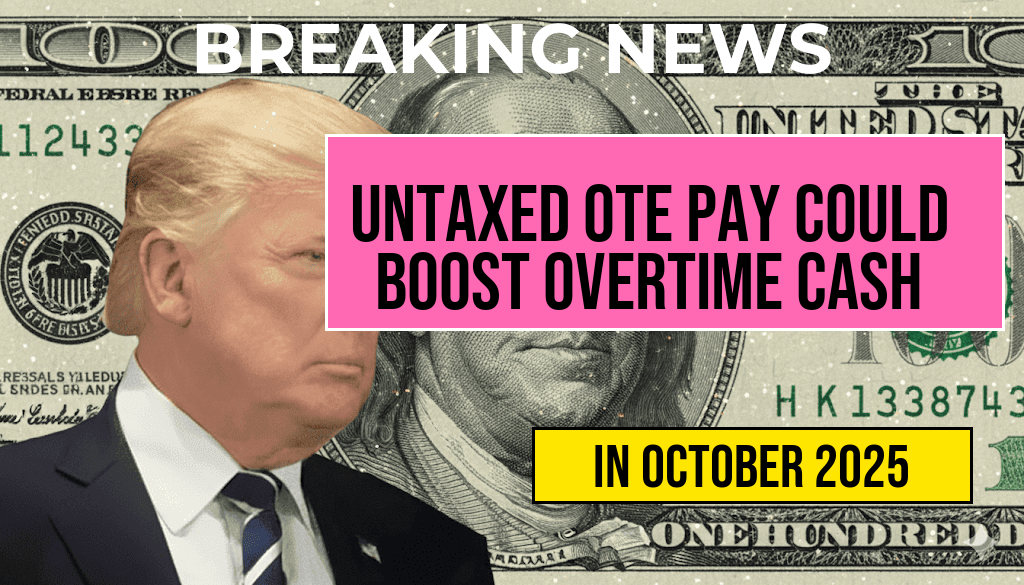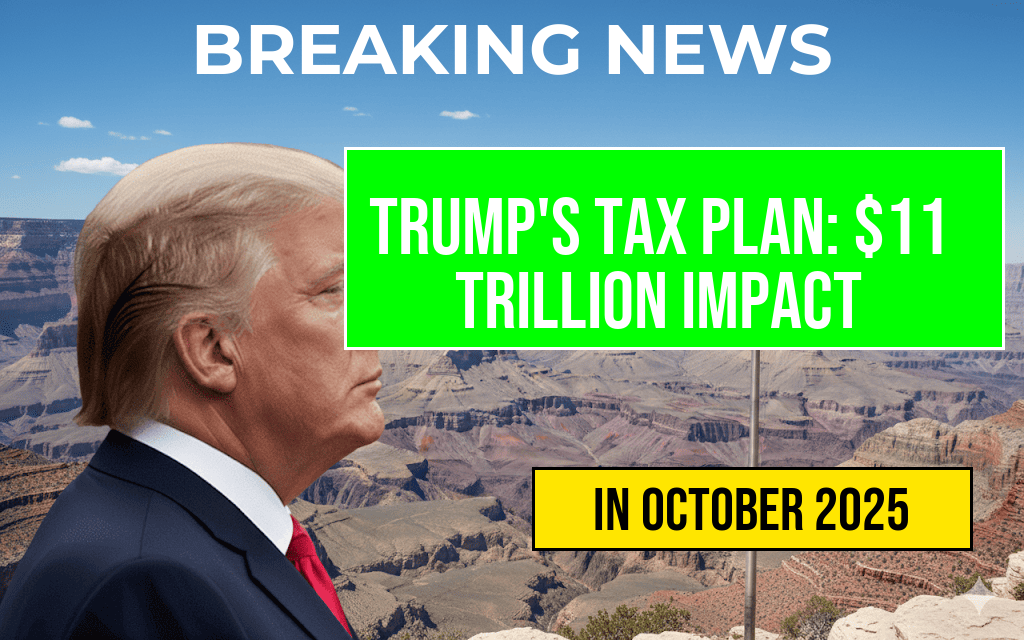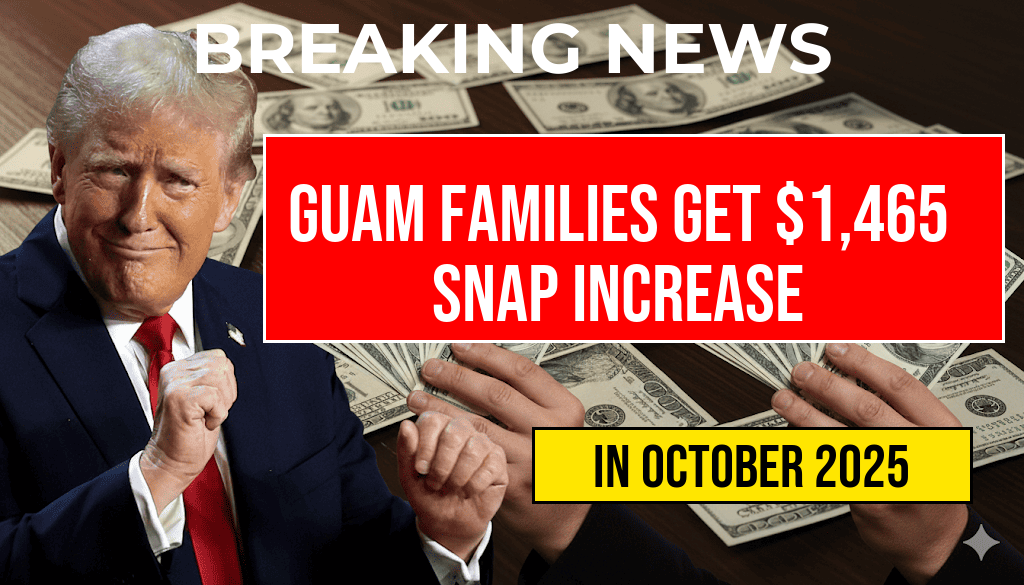Former President Donald Trump has unveiled a controversial workforce plan that aims to reduce the federal workforce by 5%, a move his administration claims could save billions of dollars in taxpayer money. However, the plan raises significant concerns as it threatens to leave thousands of federal employees without pay overnight. This proposal, part of a broader strategy to streamline government operations and reduce spending, has drawn mixed reactions from lawmakers, labor unions, and the public. While proponents argue for the necessity of a leaner government, critics warn of the potential fallout on the lives of workers and the services they provide. The debate surrounding this initiative underscores the ongoing discussion about the size and efficiency of the federal government amidst a backdrop of fiscal challenges.
Details of the Proposed Workforce Reduction
The Trump administration’s proposal suggests that reducing the federal workforce by 5% could lead to substantial savings, estimated to reach billions of dollars over the coming years. This reduction would primarily target non-essential positions, with the intention of reallocating funds towards more urgent priorities.
Projected Savings
- Estimated Savings: The administration has projected savings of up to $10 billion annually.
- Focus Areas: Cuts would focus on administrative roles rather than frontline services.
- Reinvestment: Proposed savings could be redirected towards infrastructure and public safety initiatives.
Impact on Federal Employees
While the proposed plan aims to enhance efficiency, it poses immediate risks to thousands of federal employees. Many workers in various departments could face sudden unemployment or pay cuts, leading to uncertainty in their livelihoods. Labor unions have voiced strong opposition, arguing that the workforce reduction could compromise the quality of government services.
Union Response and Public Sentiment
Labor organizations such as the American Federation of Government Employees (AFGE) have criticized the plan for its potential to undermine job security and disrupt essential services. The AFGE President, Everett Kelley, stated, “This plan would not only harm thousands of hardworking families but also diminish the federal workforce’s capacity to serve the American public effectively.” Public sentiment appears divided, with some citizens supporting the need for a smaller government, while others express concern over the implications for essential services.
Comparative Analysis with Previous Workforce Reduction Efforts
| Year | Reduction Percentage | Estimated Savings | Context |
|---|---|---|---|
| 1990 | 5% | $13 billion | Post-Cold War budget cuts |
| 2010 | 10% | $20 billion | Recession recovery measures |
| 2021 | 3% | $5 billion | COVID-19 recovery adjustments |
Political Reactions
The proposal has ignited a fierce debate in Congress, where lawmakers from both parties are expressing their views. Supporters of the plan argue that it is necessary for fiscal responsibility, while opponents contend that it will lead to job losses and reduced government effectiveness. Democratic leaders have indicated they will fight against the measure, arguing that it disproportionately affects low-income workers and essential services.
Conclusion: A Critical Juncture for Federal Employment
As the Trump administration moves forward with its workforce reduction proposal, the ramifications for federal employees and public service delivery remain a focal point of concern. Stakeholders are urged to engage in constructive dialogue to address the potential impacts on the workforce while balancing the need for fiscal prudence. With the proposal still in its early stages, the outcome could reshape the landscape of federal employment for years to come.
For further updates on this evolving situation, visit Forbes and Wikipedia.
Frequently Asked Questions
What is Trump’s proposed workforce plan?
Trump’s proposed workforce plan includes a 5% reduction in federal staff, which aims to save billions of dollars in government spending.
How much money could be saved through this plan?
The 5% reduction in federal employees could potentially save the government billions in payroll and operational costs.
What impact will this plan have on federal employees?
Thousands of federal employees may face immediate consequences, including the possibility of no pay overnight if the workforce reduction is implemented swiftly.
Is this plan likely to be implemented immediately?
While the plan has been proposed, its implementation timeline and feasibility remain uncertain and will depend on various political factors.
What are the potential criticisms of this workforce plan?
Critics argue that a 5% reduction in staff could negatively affect government services and lead to job losses without addressing underlying issues in federal employment.

